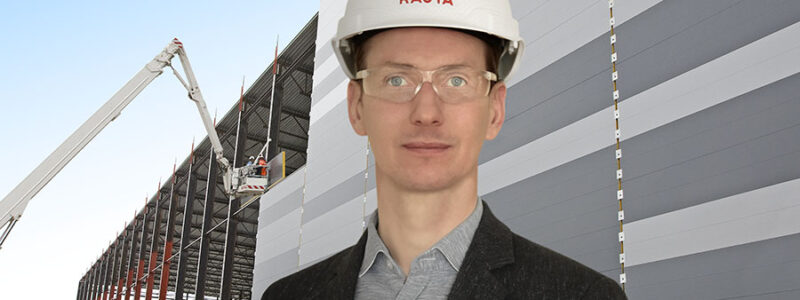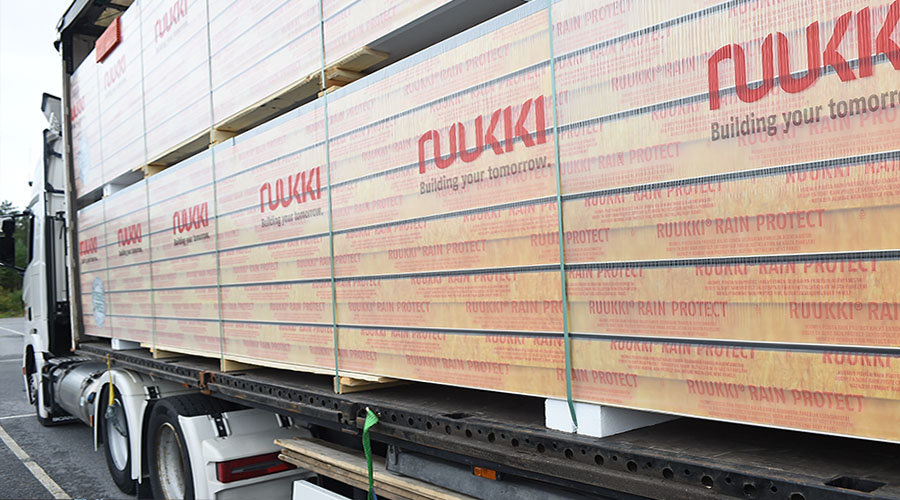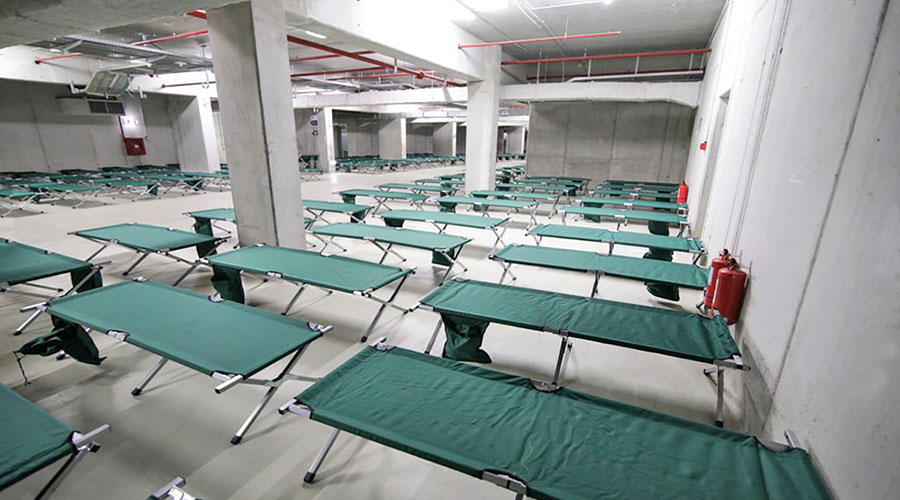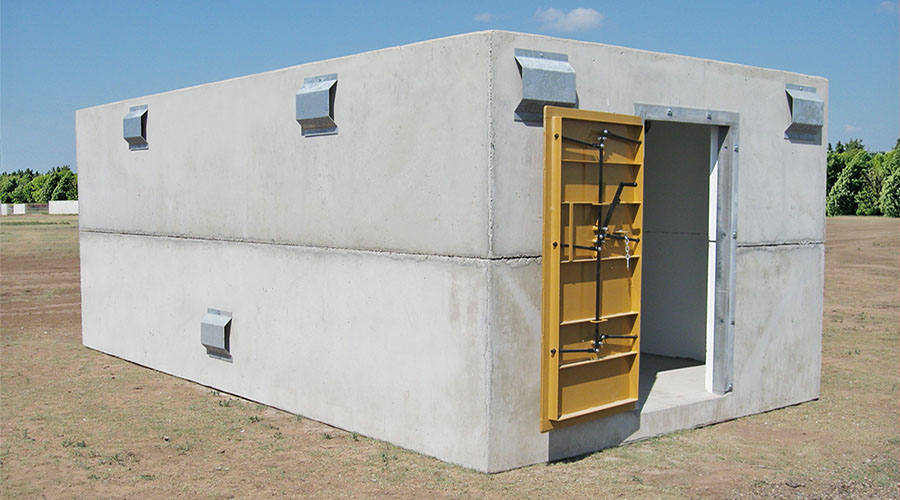
The full-scale invasion radically changed the geography and size of the construction market, caused personnel changes, influenced the legislation and also opened up new business segments for Ukrainian construction companies.
Rauta director Andriy Ozeychuk told about trends and changes in construction during 2022-2023.
To date, total amount of losses is more than $150 billion, including the largest losses suffered by the housing stock ($56 billion), infrastructure ($37 billion) and industry ($12 billion). During the two years of the full-scale invasion, about 15% of the production facilities of construction materials were destroyed. At the same time, the segments of rolled steel and dry gypsum mixtures experienced the greatest losses.

Demand
In 2022, the size of the Ukrainian construction market decreased by approximately 65%. In 2023, there is a tendency to consumption growth of construction products and services, and according to the yearly forecasts, the market is expected to increase by 20%. At the same time, the size of the residential real estate market in hryvnia equivalent will remain at the level as it was last year, non-residential construction will grow by 15%, and infrastructure will show an increase of 40%.
The demand structure for new residential real estate in Ukraine has changed dramatically. Front-line regions experienced the biggest drop in construction market to almost 90%, the central part – a decrease up to 70%, and in the west, construction increased by 15%, which is associated with the relocation of businesses and internally displaced persons, as well as the active development of real estate resorts in the Carpathians.
The primary real estate market was reoriented mainly to the west of Ukraine. Developers in other regions are mostly focused on finishing current projects, which were started before March 2022. Currently, most investors do not dare to start new construction projects and take a wait-and-see attitude.
In the Centeral, Northen and Eastern Ukraine, the demand for the reconstruction services of destroyed buildings and structures has significantly increased. A business that has suffered the destruction of real estate needs the reconstruction of buildings in order to resume functioning.
Currently the fastest-growing construction segments are the infrastructure reconstruction, primarily bridges and social buildings, at the expense of state budget and donor funds.
In response to wartime threats, new segments of the construction market appeared: structures for the protection of critical infrastructure facilities and modular reinforced concrete shelters designed to protect people during air raids, artillery fire, etc.

Prices
In 2022-2023, the cost of construction increased by 53%, which led to a similar price increase for the primary real estate market. The construction cost price will continue to grow, which is determined by objective processes, including increased demand and inflation.
Import reorientation
Suppliers of construction materials, which previously imported products from the russia and belarus (glass, bitumen, rolled steel, cement, sandwich panels, etc.), were forced to reorient themselves to supply goods from EU countries and Turkey.
Due to the closure of Ukrainian ports, the import of construction materials by sea (rolled steel, chemicals, decoration materials, etc.) became impossible. Today, the import of these materials to Ukraine takes place mainly through Romania, which has led to an increase in their cost.
At the end of 2023, complications arose with the import of raw materials and construction materials due to blocking by Polish and Slovak carriers of checkpoints on the border with Ukraine. It also caused an increase in prices and delivery times of imported construction materials.

Personnel
During the full-scale invasion, the reduction in the number of the working population of Ukraine amounted to about 35%. The mobilization and emigration of qualified specialists caused a shortage of personnel in the construction industry, which is felt even against the background of a significant market decrease. In the future, this may lead to an increase in wages, which will further increase the cost of construction, but still it will not solve the problem of the lack of qualified personnel.
In this regard, rapid construction technologies, which require a minimum number of workers, are becoming more and more popular. For example, the construction of buildings from sandwich panels requires much smaller number of specialists than in case of installing building from small pieces of materials.
During reconstruction, Ukraine will need a large number of construction specialists, therefore, in the future, we are likely to expect labor migration of qualified personnel from the EU and labor specialties from Asia.

Legislation
Among the main legislative innovations in recent years, there is a notable trend to improve people’s safety and improve the energy efficiency of buildings. Thus, the adoption of amendments to Law No. 2486-IX regulates the requirements for the arrangement of bomb shelters during the construction of new buildings. Also, DBN B.2.6-31:2021 changed the requirements for the minimum permissible values of the reduced heat transfer resistance of the envelope structures of buildings, which increased by an average of 28%.
Preparation for reconstruction
Currently, most Ukrainian investors are preparing for reconstruction and are actively calculating the cost of construction, but as a rule they are waiting for the end of hostilities to start new projects.
International financial institutions are also planning to get involved in reconstruction and are gradually entering the Ukrainian market. The key criteria for financing post-war construction in Ukraine will be transparency and speed of project implementation, so international organizations are already starting to establish partnerships with reliable Ukrainian construction companies. At the same time, priority is given to companies that work with European materials and technologies, which allows to create modern architecturally attractive and energy-efficient buildings.